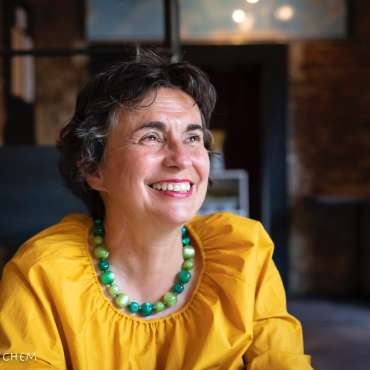30 November: Computer Security Day: Ada Lovelace
Today, Ada Lovelace is the heroine of many a female scientist and on Ada Lovelace Day, girls all over the world are encouraged to choose STEM ( Science, Technology, Engineering & Mathematics). Her name is associated with different honors such as the Ada Lovelace Medal, Ada Award and Ada Lovelace Lecture. Ada Lovelace is a well-known figure in the world of female computer scientists and among science historians who want to look at their subject through a feminist lens. Unfortunately, Ada Lovelace is rarely mentioned in history or math textbooks and is not known to the general public, much like many women scientists who have done pioneering work.
Who was Ada Lovelace? Ada was born on December 10, 1815 in London into an aristocratic family. Her mother was Annabelle Millbank, a highly educated woman at the time with a special interest in mathematics. Her father was Lord Byron: talented poet, womanizer and drunk. When Ada was one month old, her mother left her father and Ada never saw her famous father again. Ada received a strict upbringing with a lot of attention for mathematics and science. Her mother wanted to prevent Ada from becoming a poet like her father. She was privately tutored by Mary Sommerville, a Scottish mathematician, astronomer and geographer and one of the foremost scientists in 19th century England. Through Somerville, Ada came into contact with the work of the mathematician and inventor Charles Babbage. At that time she was only 17.
Charles Babbage showed her a calculator he had designed, which he called the ‘difference engine’. This machine was a forerunner of the ‘analytical engine’. The basic plan of the analytical machine, which only existed on paper, already contained all the elements of the modern computer and could handle the most complex calculations. Lovelace was fascinated by Babbage’s invention and began a correspondence with him. Together they made plans to develop the machine further. In 1842, the Italian mathematician Menabrea described Babbage’s arithmetic machine in a twenty-page article. Ada Lovelace translated the article into English and wrote a detailed commentary based on her own findings and notes.
Lovelace’s paper was three times as long as the original and was published in 1843, under the initials A.A.L. Not her full name, because at that time it was inappropriate for women to get involved in mathematics. In her commentary, Ada Lovelace went much further than Menabrea and Babbage: she stated that a computer can follow a set of instructions: a programme. She added a number of such programmes to the article, including a complex programme to calculate the series of the so-called Bernoulli numbers. Other Babbage employees had already written programmes, but they were neither as comprehensive or visionary nor published. Lovelace’s programme is therefore widely known today as the first computer programme. Ada Lovelace thought the machine could do more than count. For example, she envisioned that the machine could be used for composing music.
Ada Lovelace was married to William King, Earl of Lovelace. They had three children. Ada died of uterine cancer at age 36. At the end of her life she had gambling debts and was addicted to laudanum. At her own request she was buried next to Lord Byron, the father she had never known. Ada was a brilliant mathematician with a poetic and visionary soul. She called herself “bride of science”.
Article by Kris Vermeulen, English translation by Jan Rombouts







